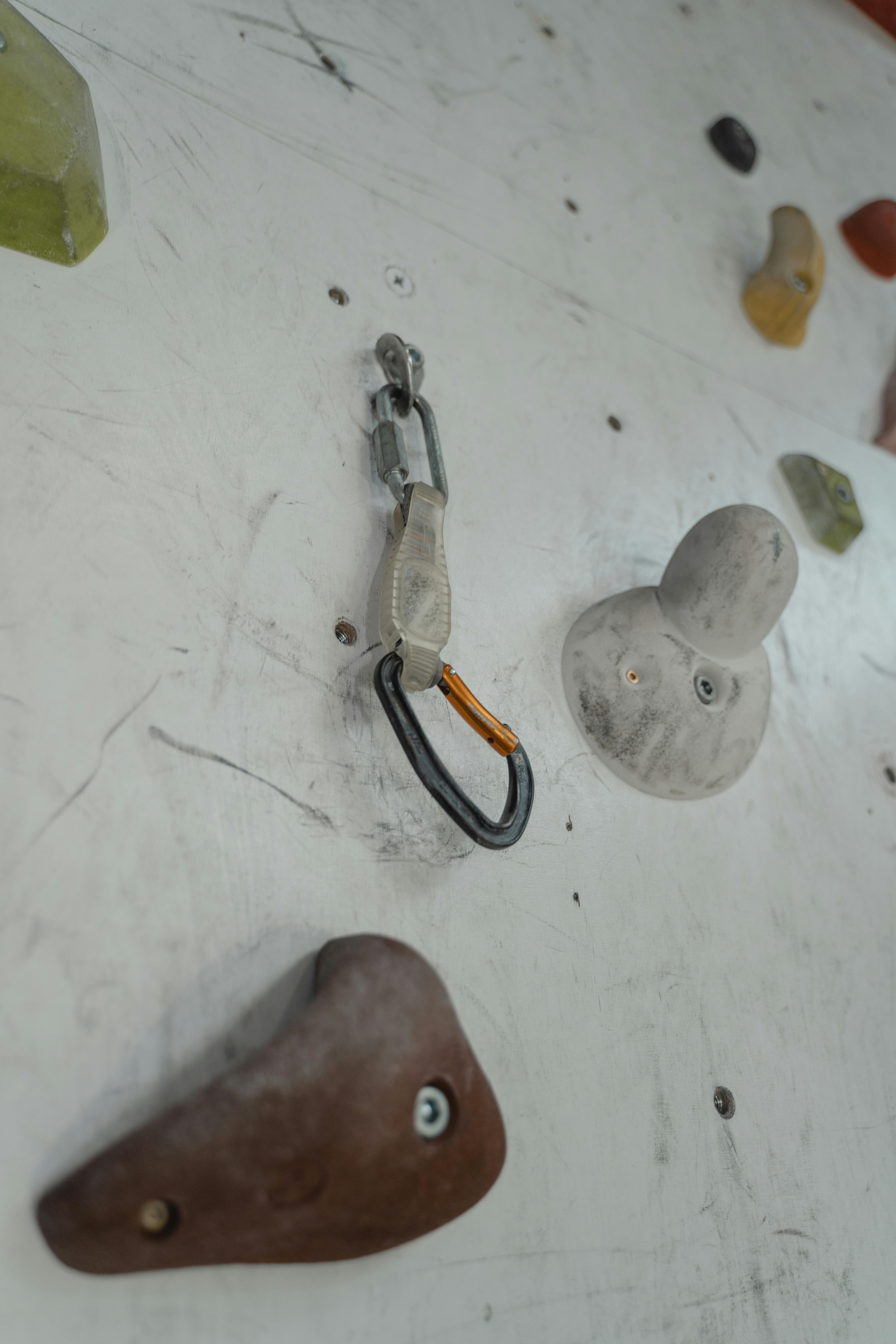Anodizing
Enhance your product's durability and aesthetics by applying anodizing and ensuring long-lasting quality and vibrant finishes.

Enhance your product's durability and aesthetics by applying anodizing and ensuring long-lasting quality and vibrant finishes.

Anodizing is a precise electrochemical process applied to metals to fortify and beautify surfaces. It involves immersing the material in an electrolyte bath and passing an electric current through it. This prompts an oxidation reaction, forming a durable oxide layer on the metal's surface. The thickness of this layer can be controlled, allowing for tailored applications. The resulting anodized finish enhances corrosion resistance, durability, and appearance, offering a versatile solution for industries seeking both functional and aesthetic improvements.

Anodizing is a process commonly applied to various metals due to its effectiveness in forming a protective oxide layer on the surface. The most common materials that can be anodized include:
The biggest advantage of anodizing in manufacturing lies in the significant improvement it brings to the corrosion resistance and durability of metal products. Anodizing creates a protective oxide layer on the surface of metals, particularly aluminum, which serves as an effective barrier against corrosion. This is crucial in manufacturing, where products may be exposed to harsh environments, fluctuating weather conditions, or corrosive substances. The enhanced durability ensures that manufactured goods have an extended lifespan, reducing the need for frequent replacements and maintenance. Ultimately, the corrosion-resistant properties of anodized materials contribute to increased reliability and cost-effectiveness in manufacturing processes.